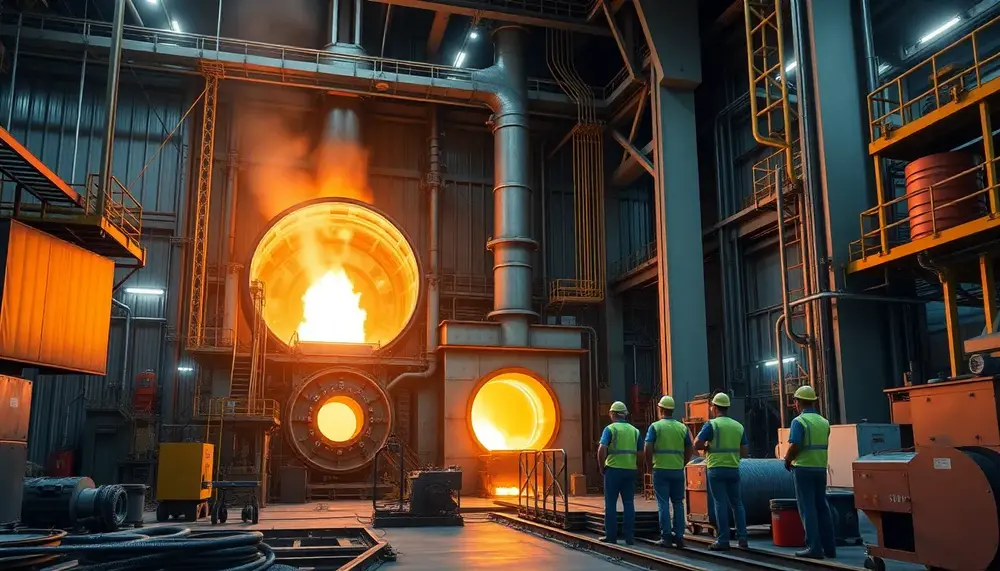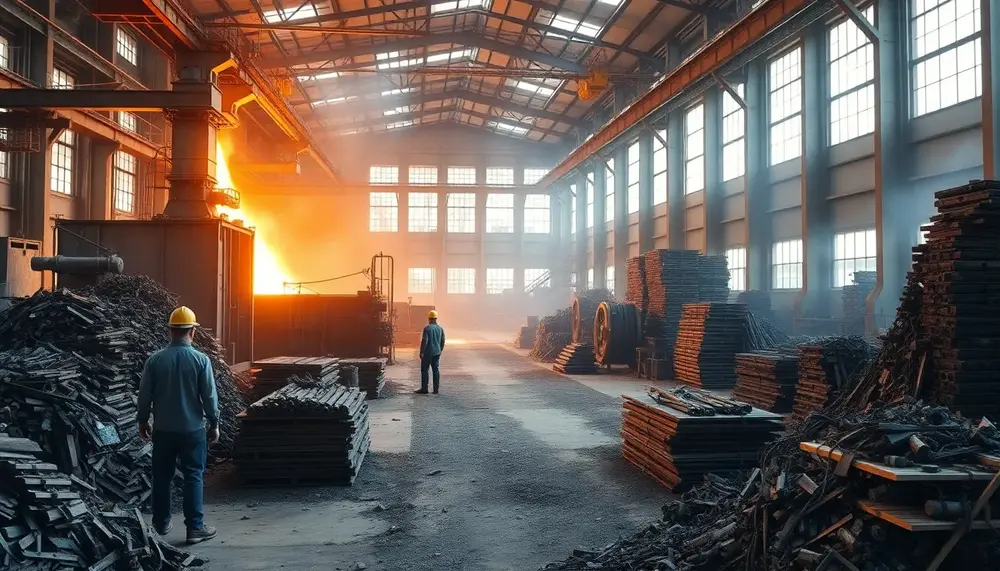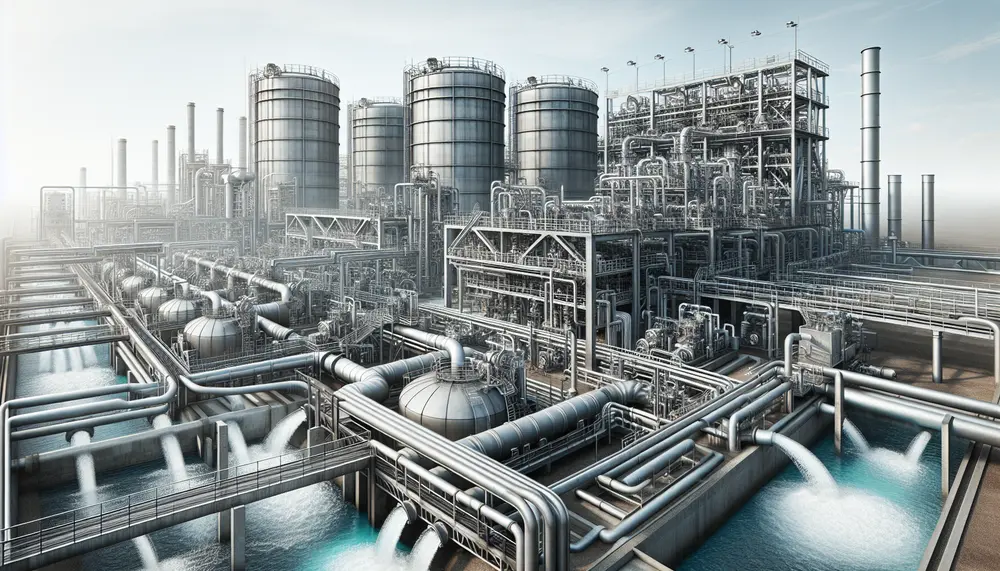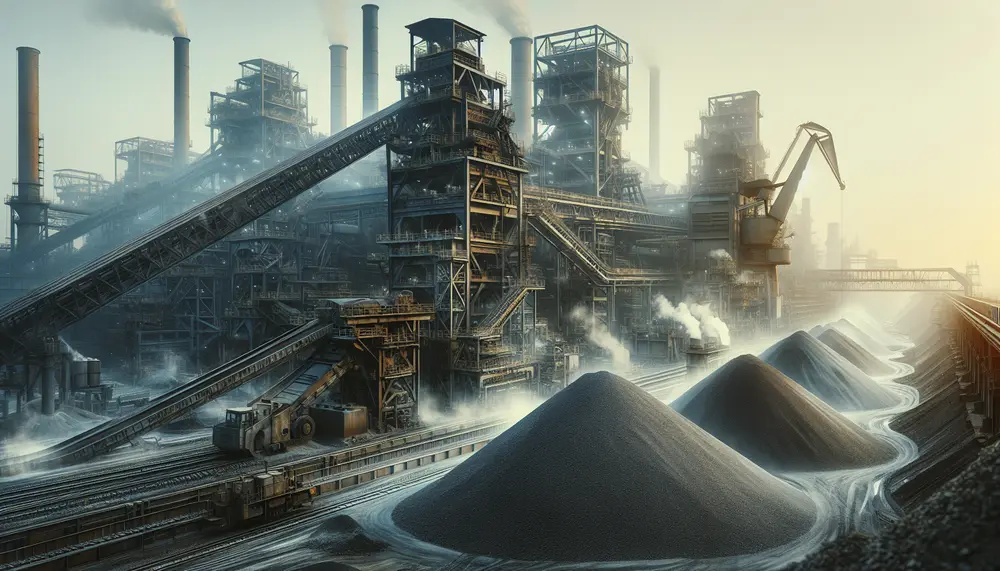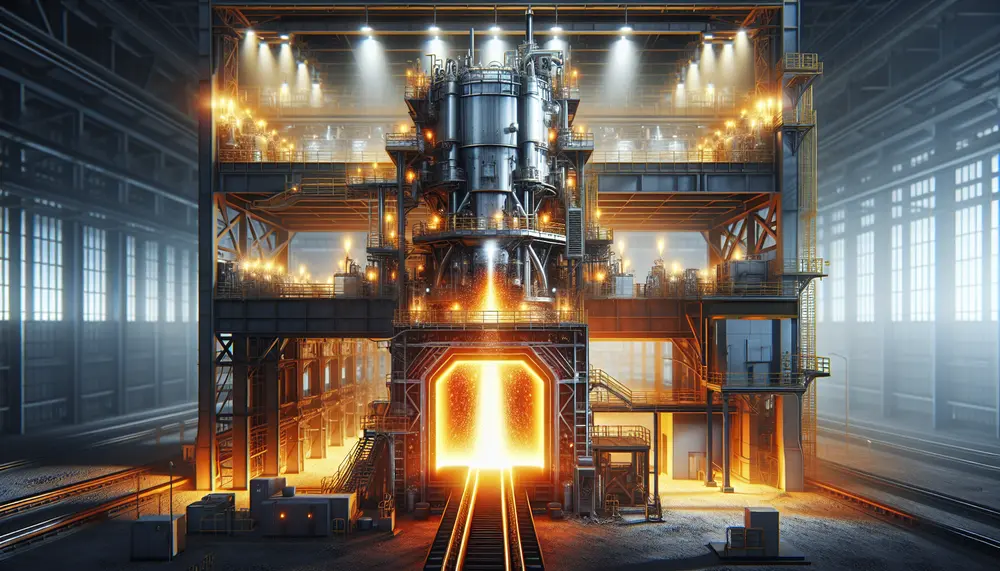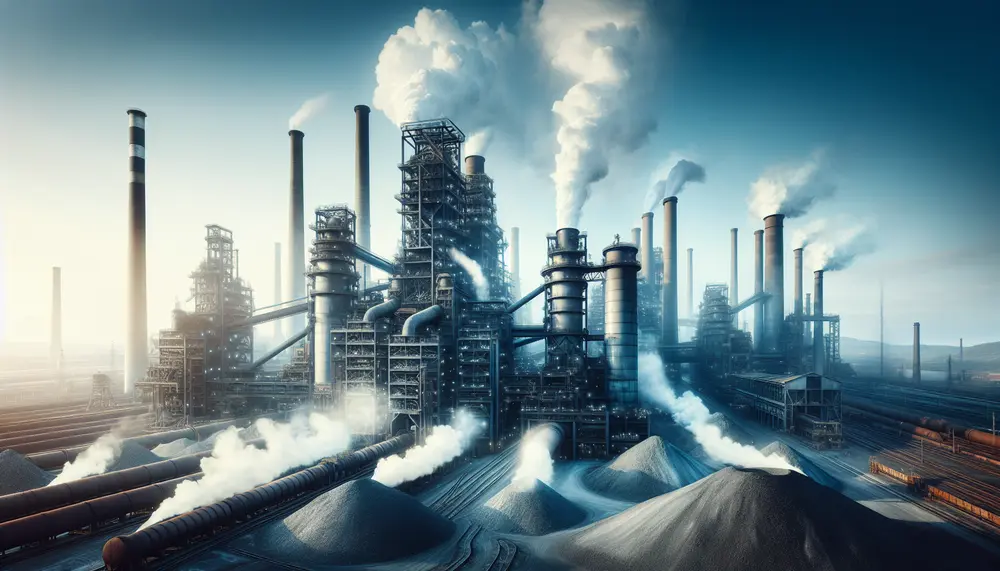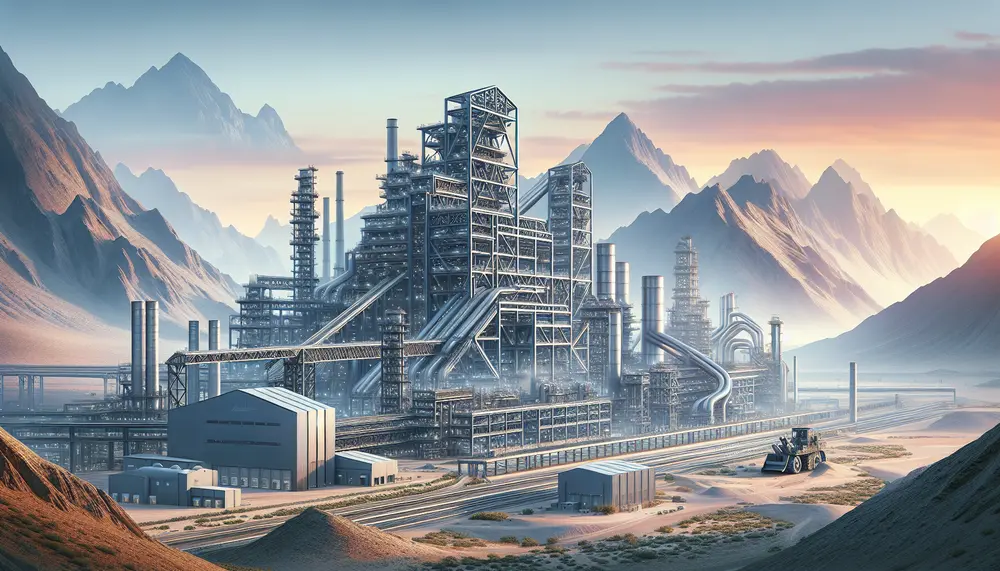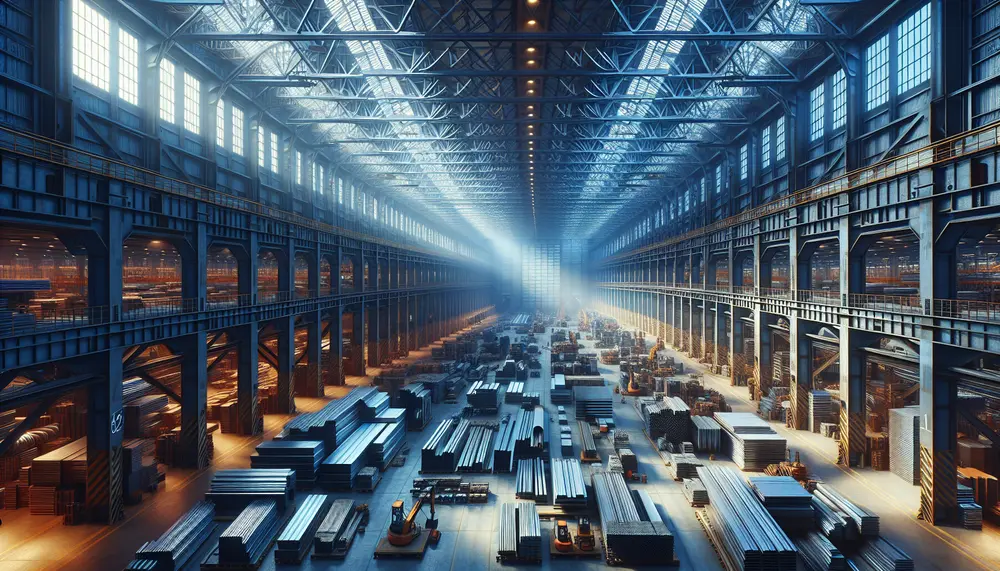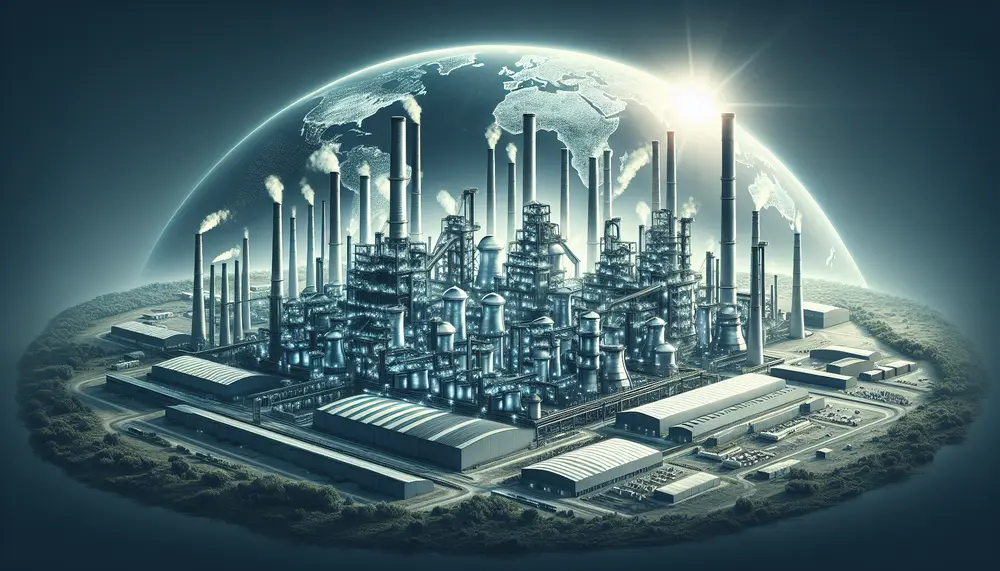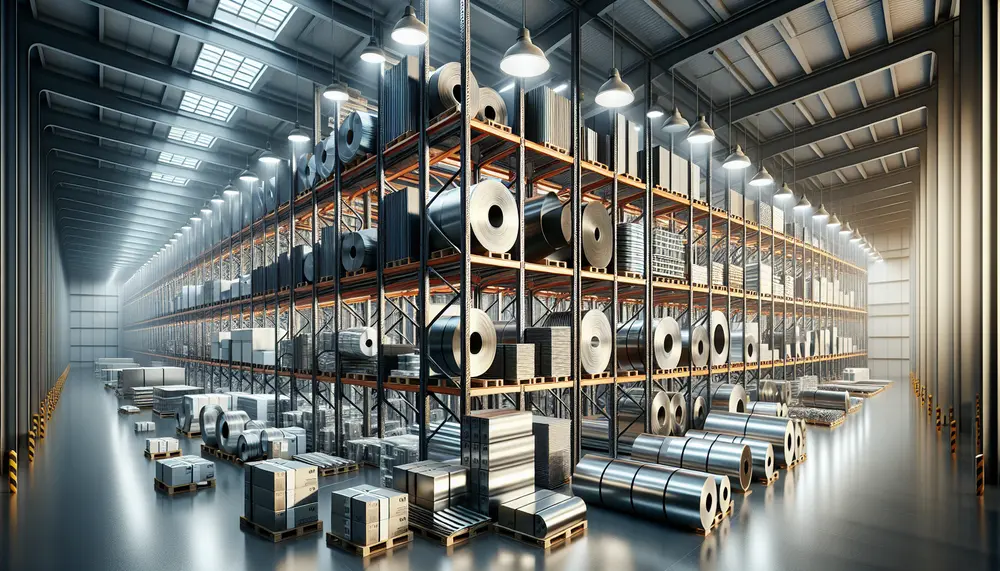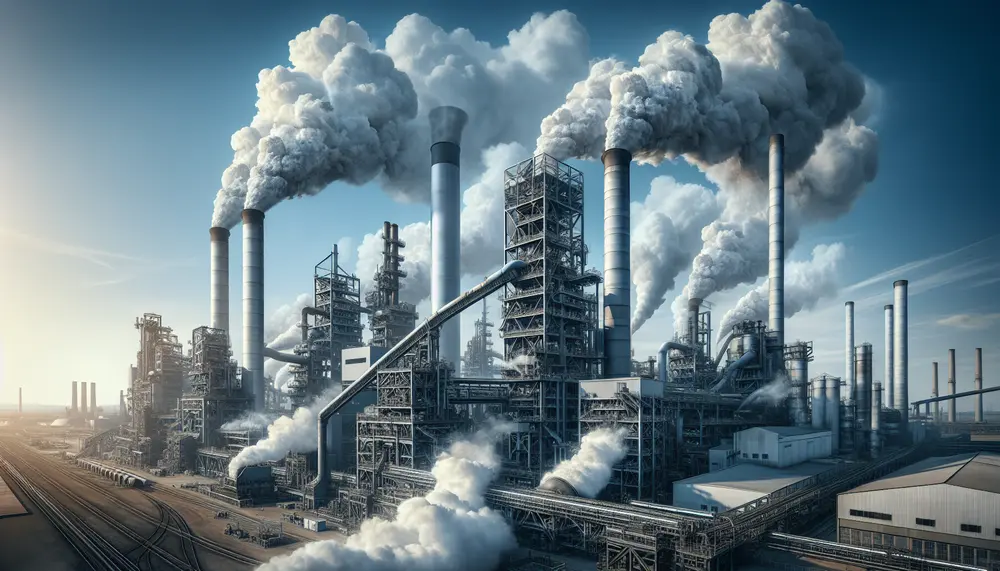Posts on the Topic Environment
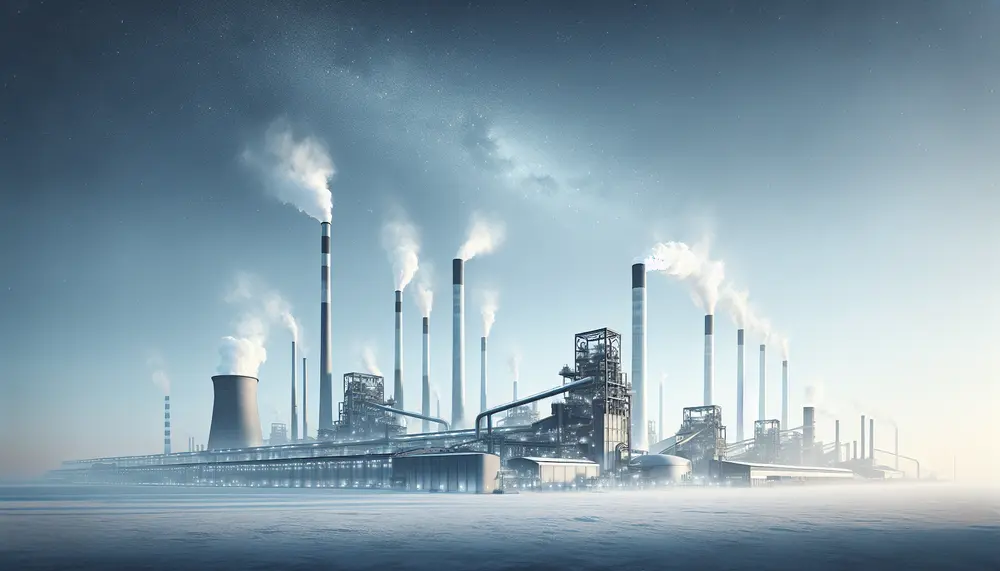
Steelmaking, particularly through traditional blast furnace methods, significantly contributes to environmental degradation by emitting greenhouse gases like CO2 and other pollutants. Transitioning to greener technologies such as Electric Arc Furnaces (EAF) could reduce these emissions but requires substantial investment and...
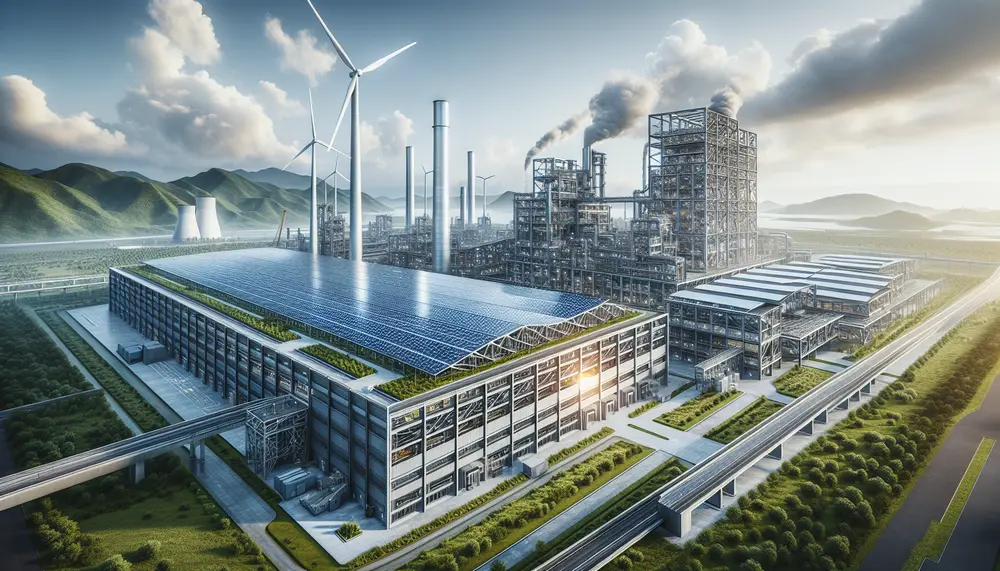
Sustainable steel production aims to minimize environmental impact through energy conservation, increased recycling, and innovative technologies like electric arc furnaces and hydrogen use. The industry faces challenges such as high energy consumption and carbon emissions but is exploring eco-friendly innovations...
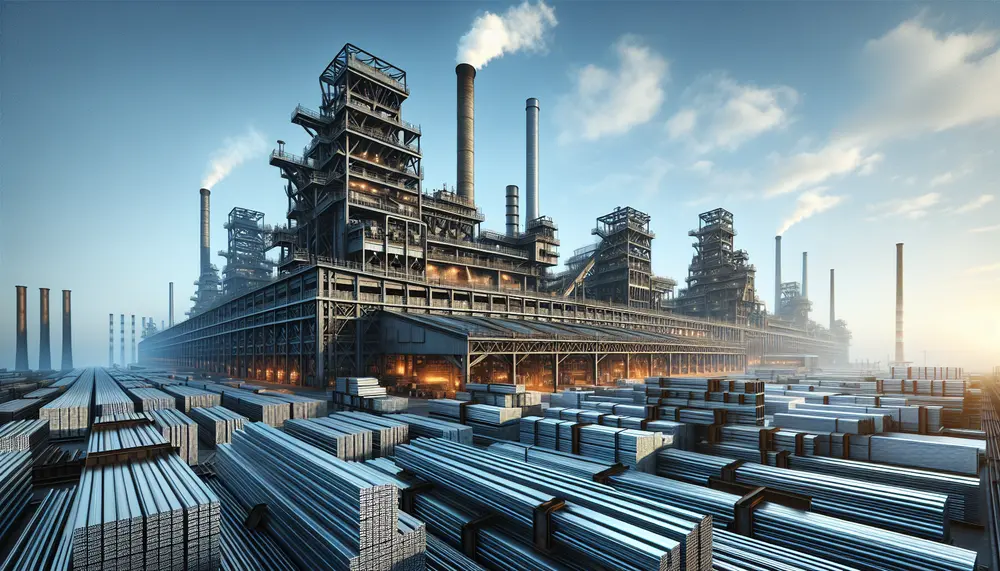
The global steel industry, indicative of economic health, is evolving with emerging economies rising and a push for greener technology. China dominates the market, influencing prices and trends while facing environmental challenges; meanwhile, other countries like India also contribute significantly...
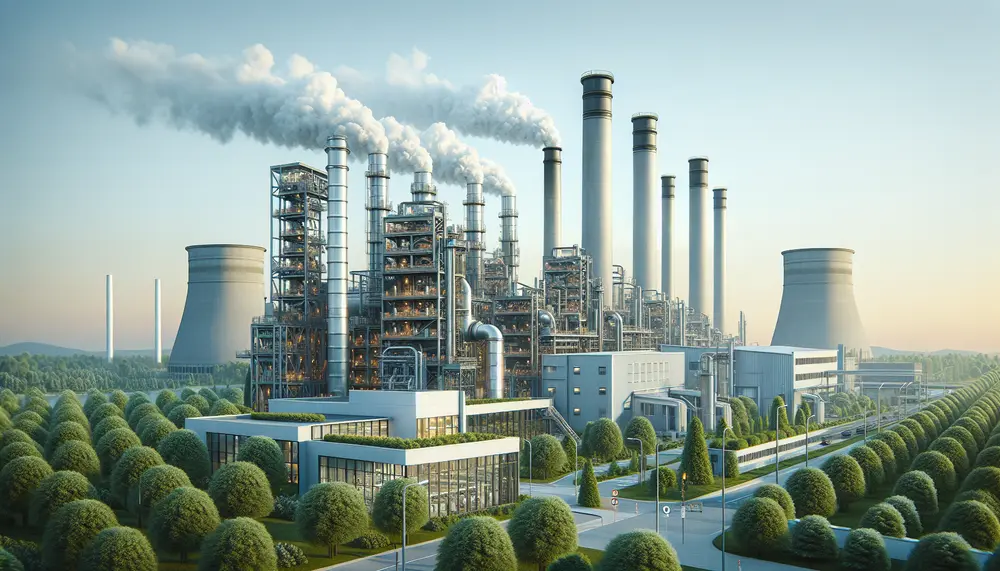
Steel production is a major contributor to global emissions, with traditional methods being energy-intensive and emitting various pollutants. Efforts to reduce its environmental impact include adopting cleaner technologies like electric arc furnaces (EAF) and strategies such as carbon capture and...
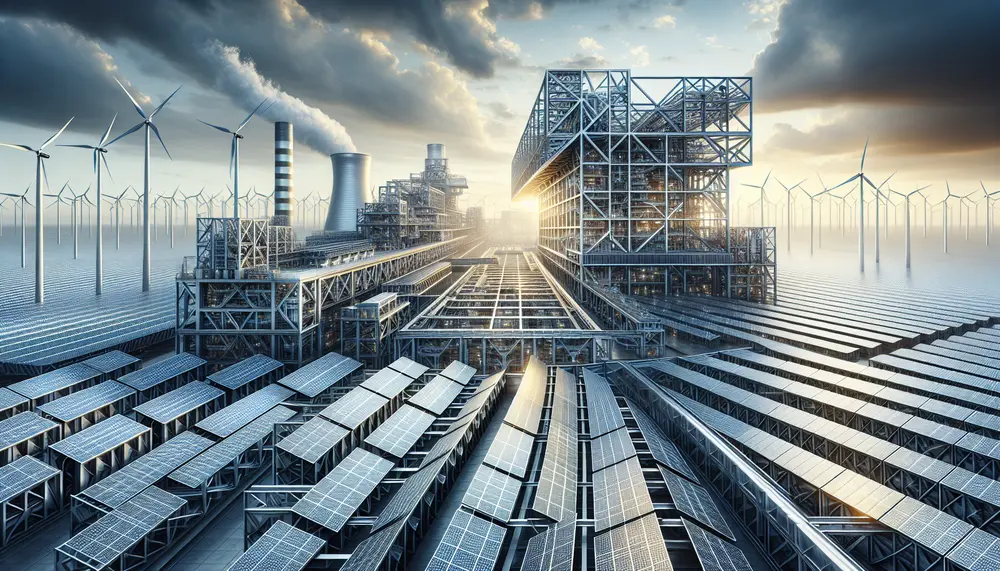
The article discusses the steel industry's transition from coal-based production to more sustainable methods due to climate change concerns, highlighting innovations like hydrogen use and renewable energy integration. It outlines both environmental impacts of traditional methods and pros and cons...
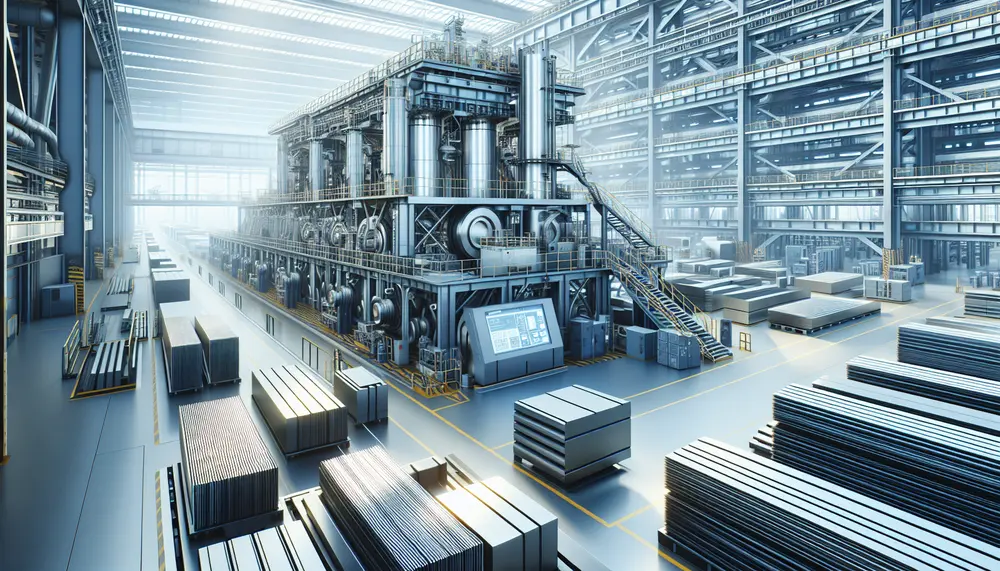
Steel production technology has evolved significantly, with the industry now using advanced methods like blast furnaces and electric arc furnaces to meet global demands. Technological improvements have enhanced quality, efficiency, and sustainability in steel making. The future of steel production focuses...
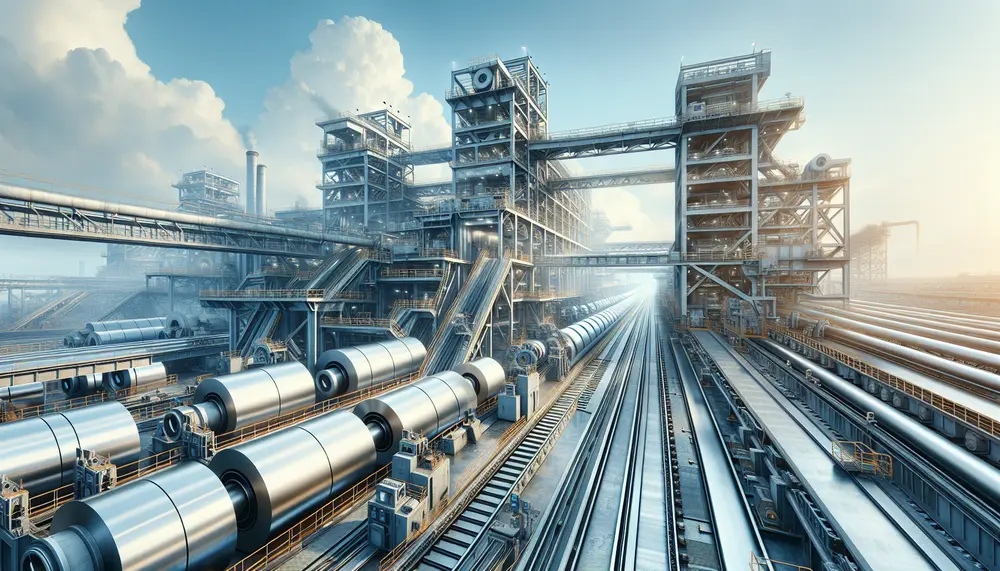
The steel production outlook for 2023 and beyond is influenced by economic, technological, environmental factors, and demand from construction and automotive sectors. Innovation in sustainable practices and technology are key to the industry's future competitiveness and alignment with global sustainability...

